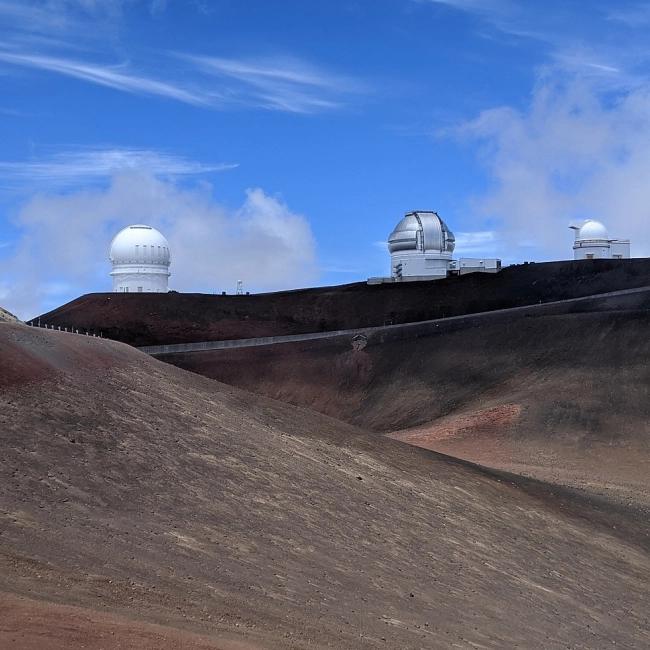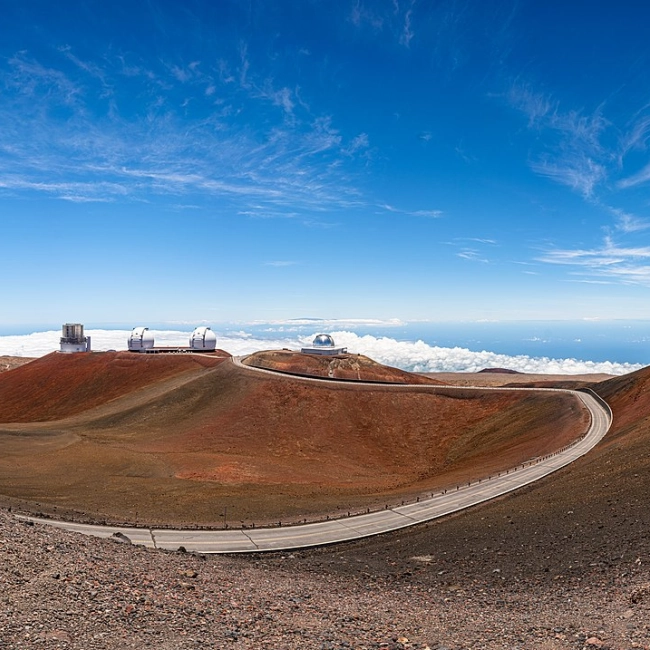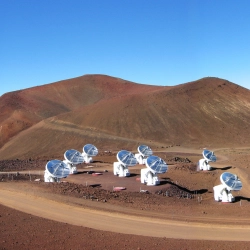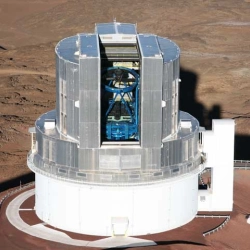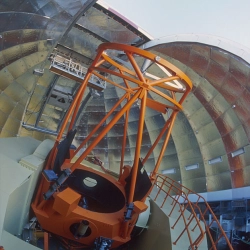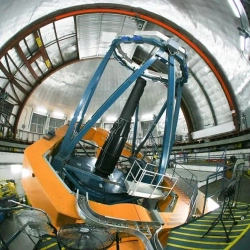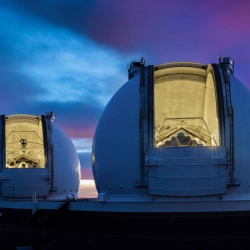Maunakea Observatories Complex
Sobre "Maunakea Observatories Complex"
The Mauna Kea Observatories Complex is a group of independent astronomical facilities located at the summit of Mauna Kea volcano in Hawaii, at an altitude of 4,205 meters. This location is ideal for astronomical observation due to its dark skies, low humidity, and atmospheric stability.
The development of observatories on Mauna Kea began in the 1960s, when astronomer Gerard Kuiper identified the site's potential for infrared astronomy. Over the years, various international institutions have established telescopes at the summit, including the Canada-France-Hawaii Telescope (CFHT), the Gemini North Observatory, and the Subaru Telescope, among others.
The area is managed by the University of Hawaii, which leases the land from the state’s Department of Land and Natural Resources. However, the presence of observatories has sparked controversy due to Mauna Kea's cultural and religious significance to Native Hawaiians, as well as environmental concerns. These issues have led to protests and debates, particularly surrounding the proposed construction of the Thirty Meter Telescope (TMT).
Despite the controversies, the Mauna Kea Observatories Complex remains a key center for global astronomical research, making significant contributions to our understanding of the universe.


